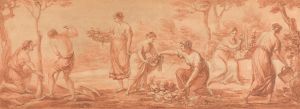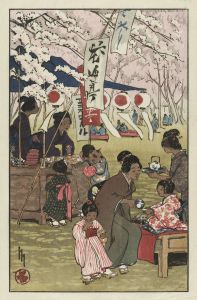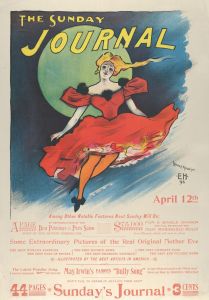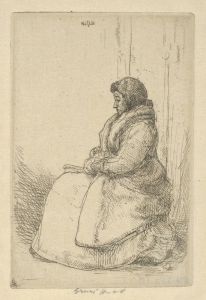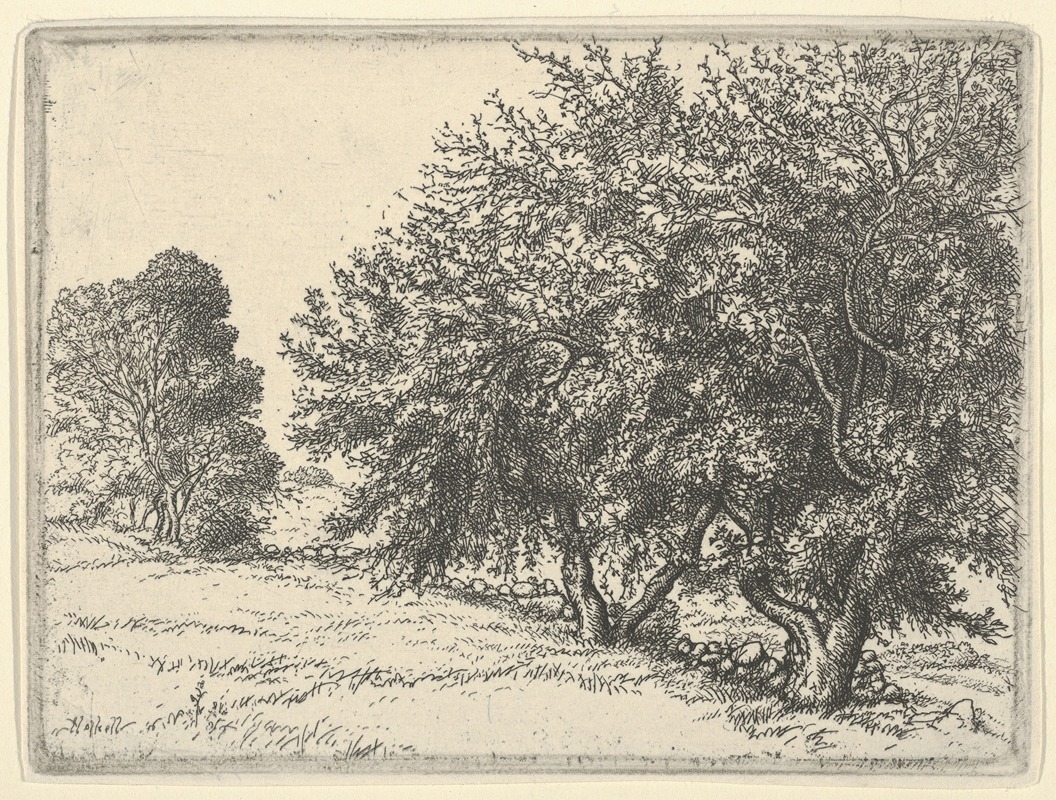
Apple Trees
A hand-painted replica of Ernest Haskell’s masterpiece Apple Trees, meticulously crafted by professional artists to capture the true essence of the original. Each piece is created with museum-quality canvas and rare mineral pigments, carefully painted by experienced artists with delicate brushstrokes and rich, layered colors to perfectly recreate the texture of the original artwork. Unlike machine-printed reproductions, this hand-painted version brings the painting to life, infused with the artist’s emotions and skill in every stroke. Whether for personal collection or home decoration, it instantly elevates the artistic atmosphere of any space.
Ernest Haskell was an American artist known for his work in various mediums, including painting, etching, and illustration. Born in 1876 in Connecticut, Haskell developed a reputation for his detailed and evocative landscapes, as well as his skill in portraiture and poster design. His artistic career spanned the late 19th and early 20th centuries, a period marked by significant changes in American art, with movements such as Impressionism and Modernism gaining prominence.
One of Haskell's notable works is "Apple Trees," a painting that exemplifies his ability to capture the serene beauty of the natural world. While specific details about the painting "Apple Trees" are limited, it is known that Haskell often drew inspiration from the landscapes of New England, where he spent much of his life. His works frequently depict the tranquil and picturesque scenes of rural America, characterized by a keen attention to detail and a subtle use of color.
Haskell's approach to painting was influenced by his background in etching and illustration, disciplines that require precision and a strong sense of composition. This influence is evident in "Apple Trees," where the arrangement of elements within the painting reflects a careful consideration of balance and harmony. The depiction of apple trees, a common motif in New England art, suggests a celebration of the region's natural beauty and agricultural heritage.
Throughout his career, Haskell was associated with various artistic communities and movements. He was part of the art scene in New York City and had connections with other prominent artists of his time. His work was exhibited in several galleries and received recognition for its technical skill and aesthetic appeal. Despite the challenges faced by artists during the early 20th century, including economic fluctuations and changing artistic trends, Haskell maintained a distinctive style that set his work apart.
In addition to his paintings, Haskell was known for his contributions to the field of poster art. He created posters for theatrical productions and commercial purposes, showcasing his versatility as an artist. His posters were characterized by bold designs and innovative use of typography, elements that also informed his approach to painting.
Ernest Haskell's legacy as an artist is preserved through his diverse body of work, which continues to be appreciated for its artistic merit and historical significance. While "Apple Trees" may not be as widely recognized as some of his other works, it remains an important example of his ability to capture the essence of the American landscape. Haskell's paintings, including "Apple Trees," are held in various collections and continue to be studied by art historians and enthusiasts interested in the development of American art during a transformative period.
Overall, Ernest Haskell's "Apple Trees" reflects the artist's dedication to portraying the natural world with authenticity and grace. His work remains a testament to his skill and vision, contributing to the rich tapestry of American art history.





